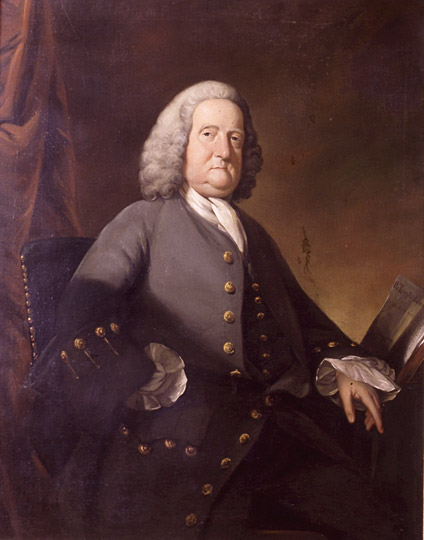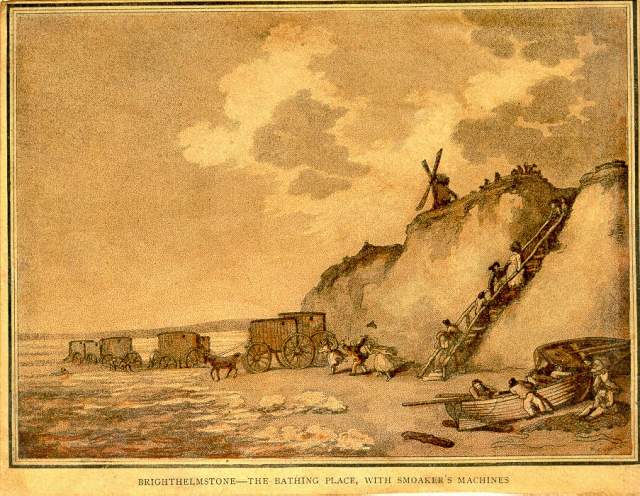
ABOVE: Richard Russell (26 November 1687 – 1759) was an 18th century British Physician who encouraged his patients to use a form of water therapy that involved the submersion or bathing in, and drinking of, seawater. The contemporary equivalent of this is thalassotherapy, although the practice of drinking sea water has largely discontinued, as it is in no way conducive to good health in this day and age! Richard was the son of Nathaniel Russell, a surgeon of Lewes, in Sussex, who at one time owned Ranscomb Manor, in South Malling, near Lewes. He was the oldest of seven children, his siblings being: Mary (b. 1689), John (b. 1691), Nathaniell (b. 1694), Elizabeth (b. 1695/96), Hannah (b. 1699), and Charity (b.1701).
Around 1747, Russell went to Brighton to exploit his theories on the medical properties of sea-water. In 1750, he published a Latin dissertation De Tabe Glandulari, in which he recommended the use of sea-water for the cure of enlarged lymphatic glands. This was translated into English in 1752 as Glandular Diseases, or a Dissertation on the Use of Sea Water in the Affections of the Glands by W. Owen in London, and in 1769 it reached a sixth edition.
Dr Russell recommended especially that people try the water near Brighton, proclaiming that sea water was superior to those cures provided by inland spas. His ideas were widely acclaimed in England and abroad, and despite dispute regarding the best ways to use sea water, "few disputed its value".
Russell's efforts have been credited with playing a role in the populist "sea side mania of the second half of the eighteenth century", although broader social movements were also at play. He benefitted sufficiently well from his practice to build a large house on the Steine, in 1753 on the site of what is now the Royal Albion Hotel. The plaque on the wall of the Royal Albion Hotel says simply: "If you seek his monument, look around". This house was large enough to accommodate not only his household, but visiting patients as well. After Dr Russell's death in 1759, his house was rented to seasonal visitors, including the brother of George III the Duke of Cumberland in 1779. On 7 September 1783 the Prince Regent (then the Prince of Wales) visited his uncle. The Prince's subsequent patronage of the town for the next 40 years was central to the rapid growth of the town and the transition of the fishing village of Brighthelmston to the modern town of Brighton. Dr. Richard Russell was buried at South Malling (St Michael), in Lewes. The Lewes geography section notes that the west part of South Malling is a tiny, previously separate village with a church dedicated to St. Michael.
